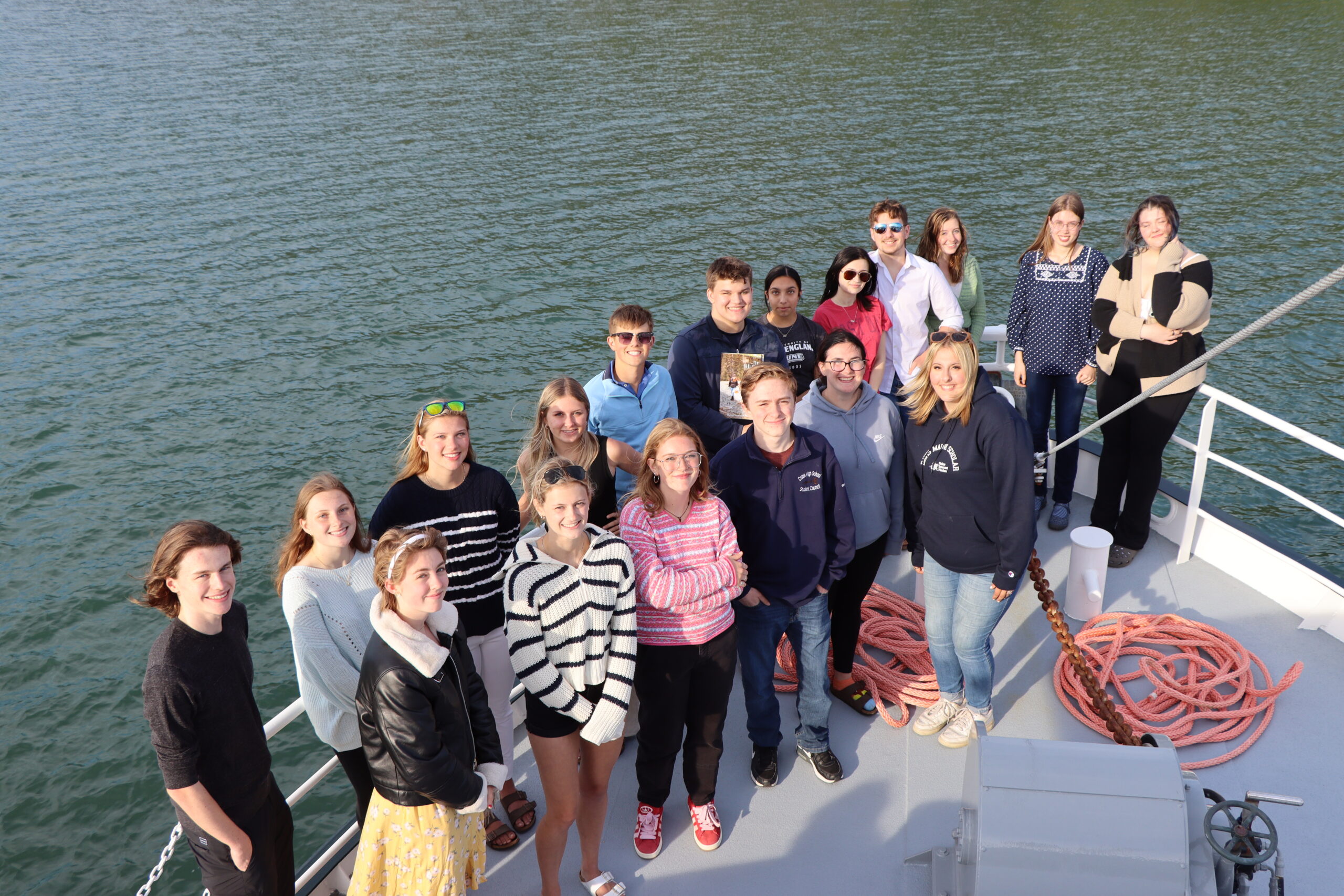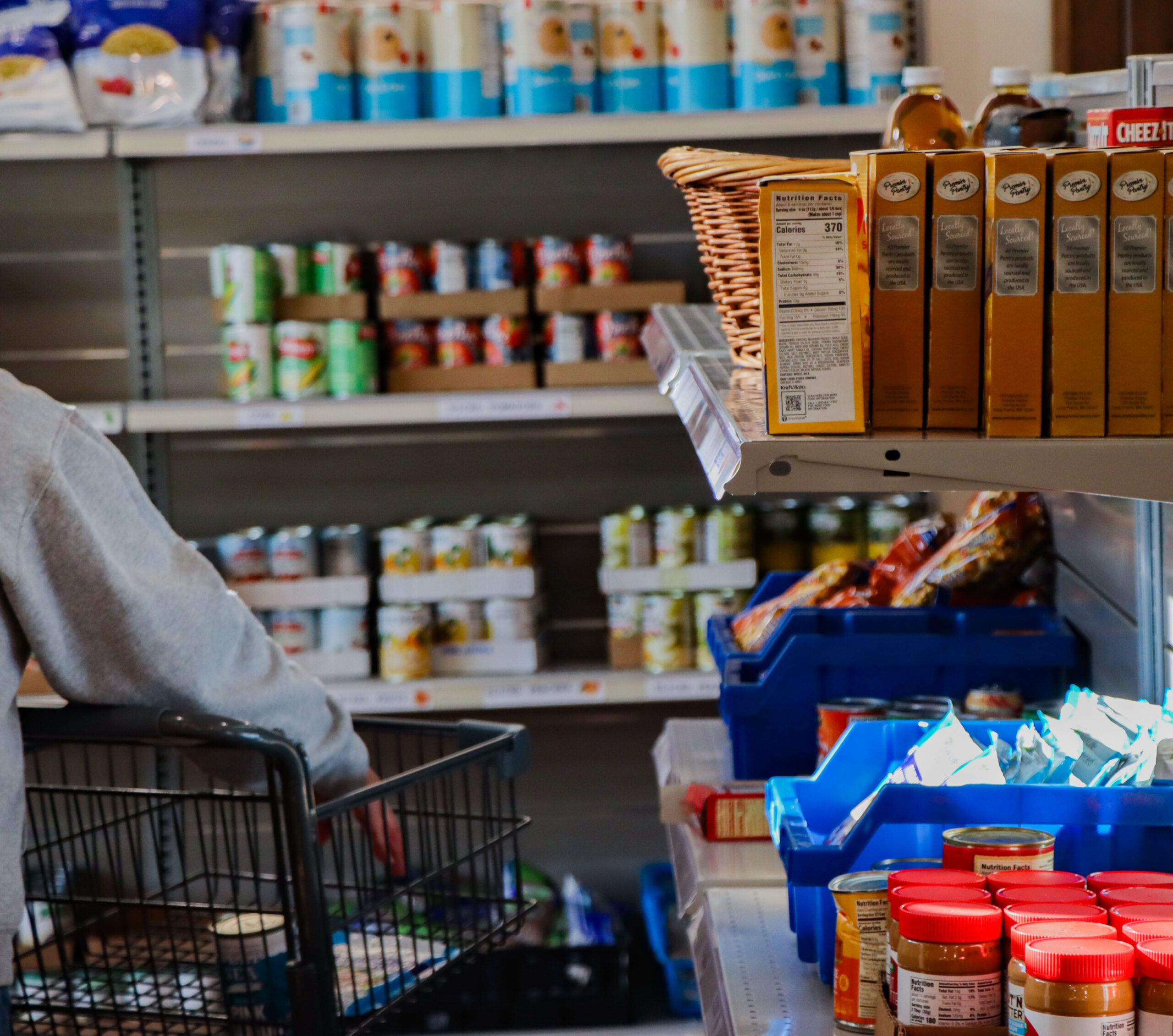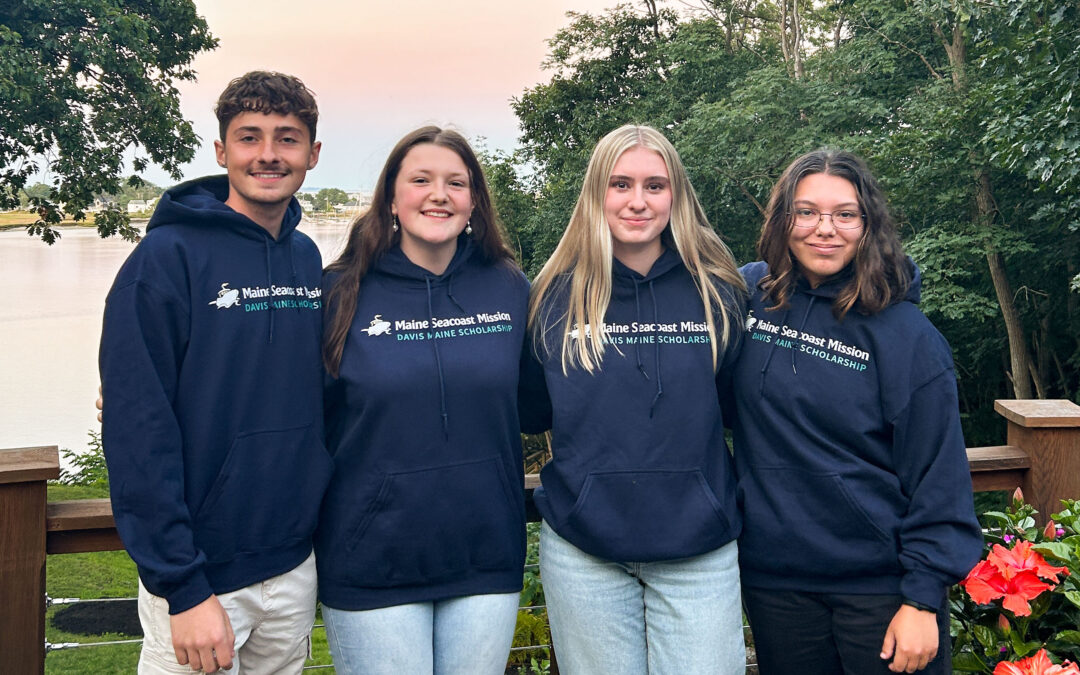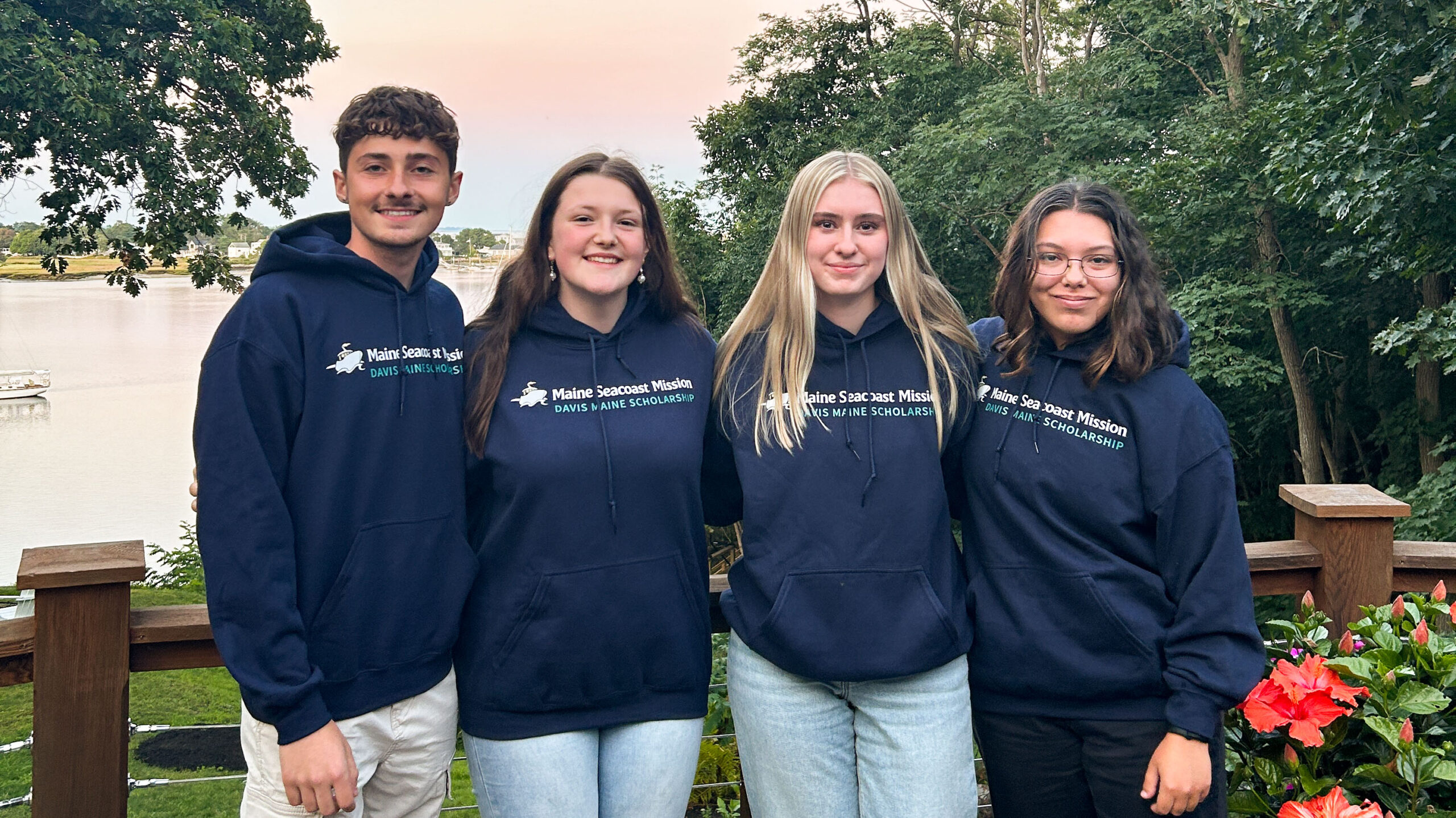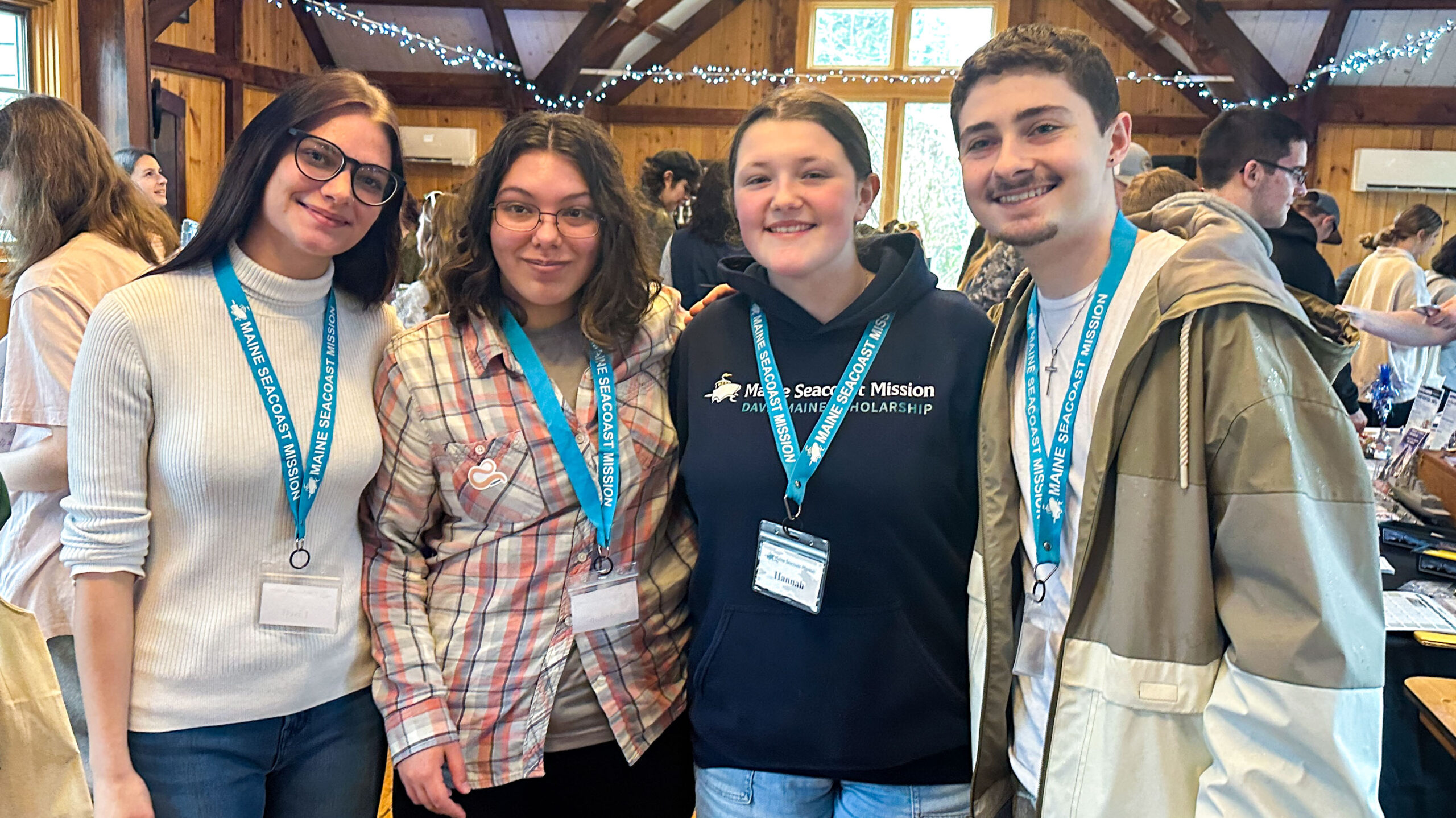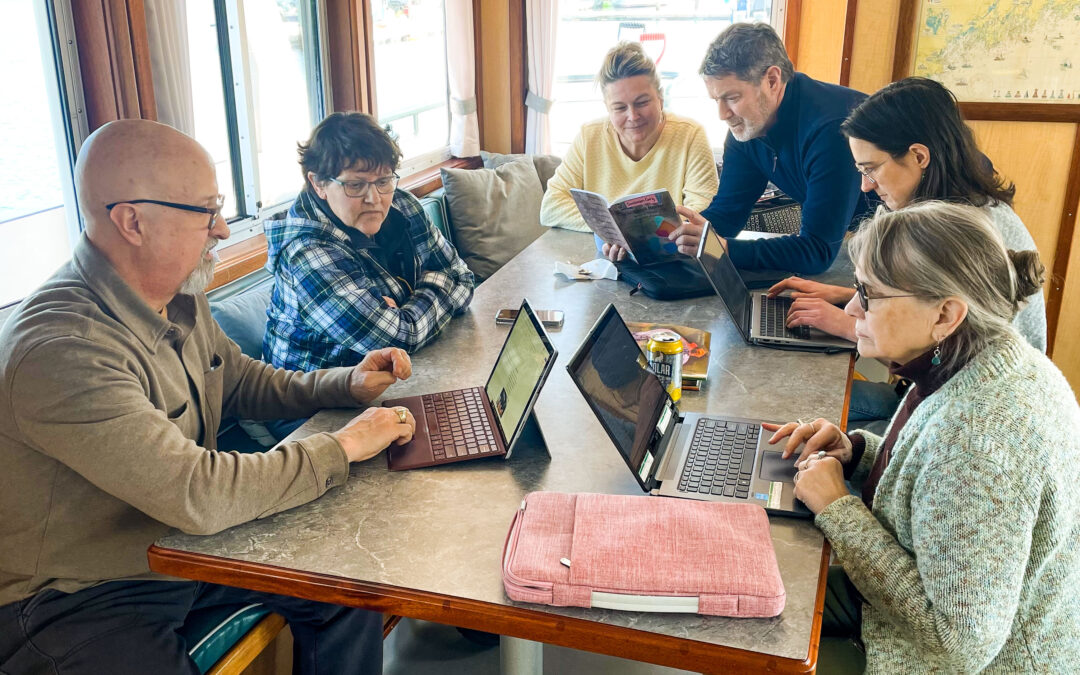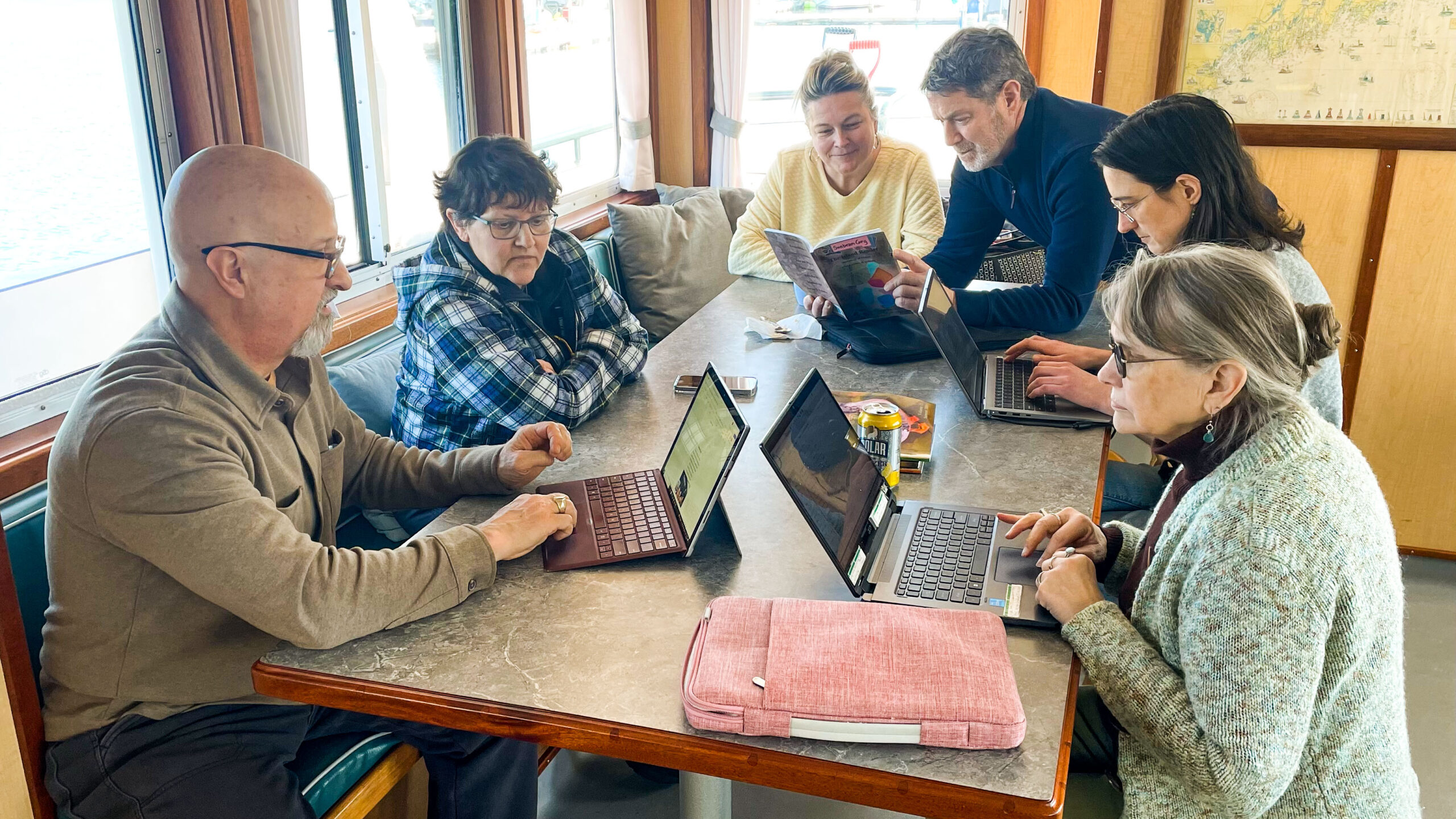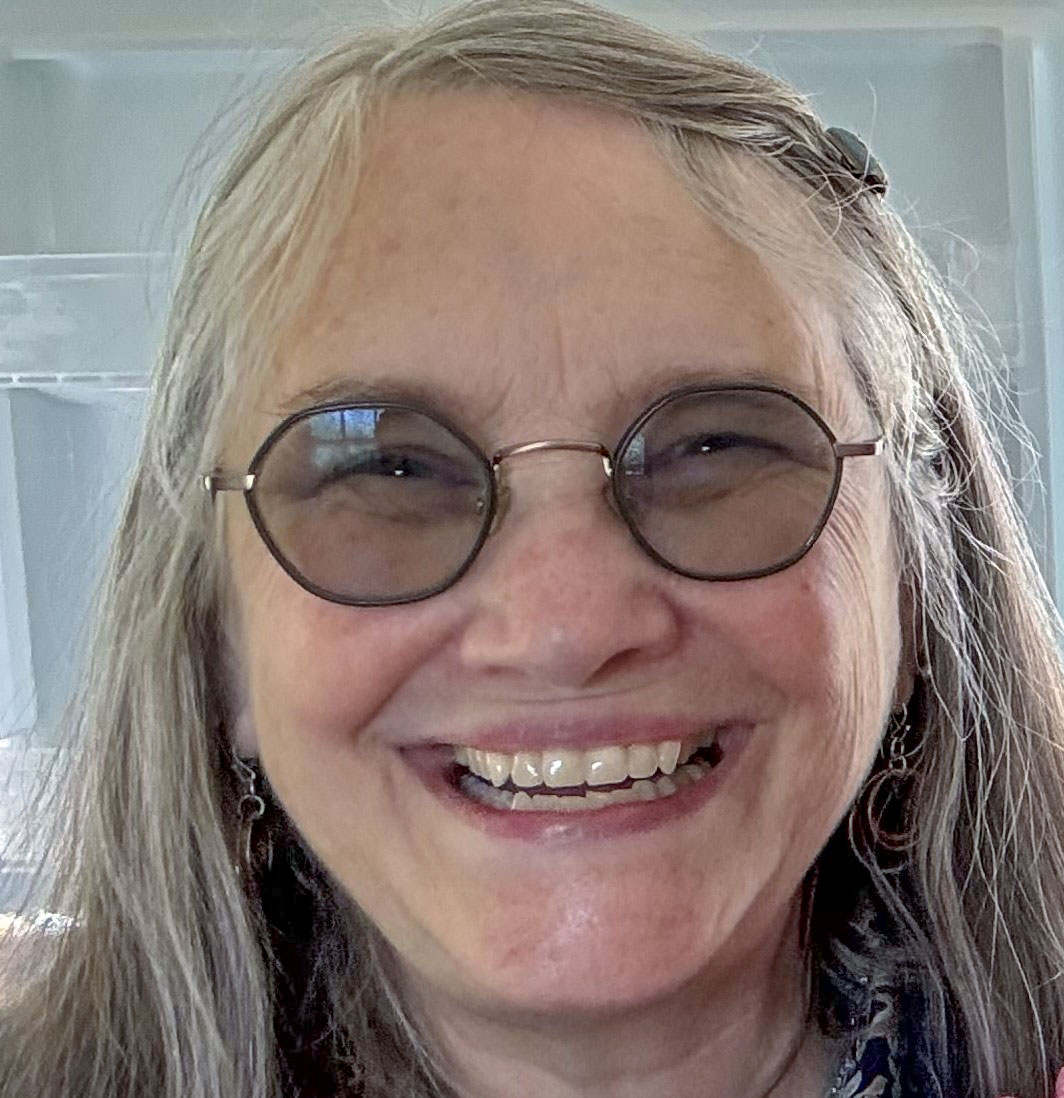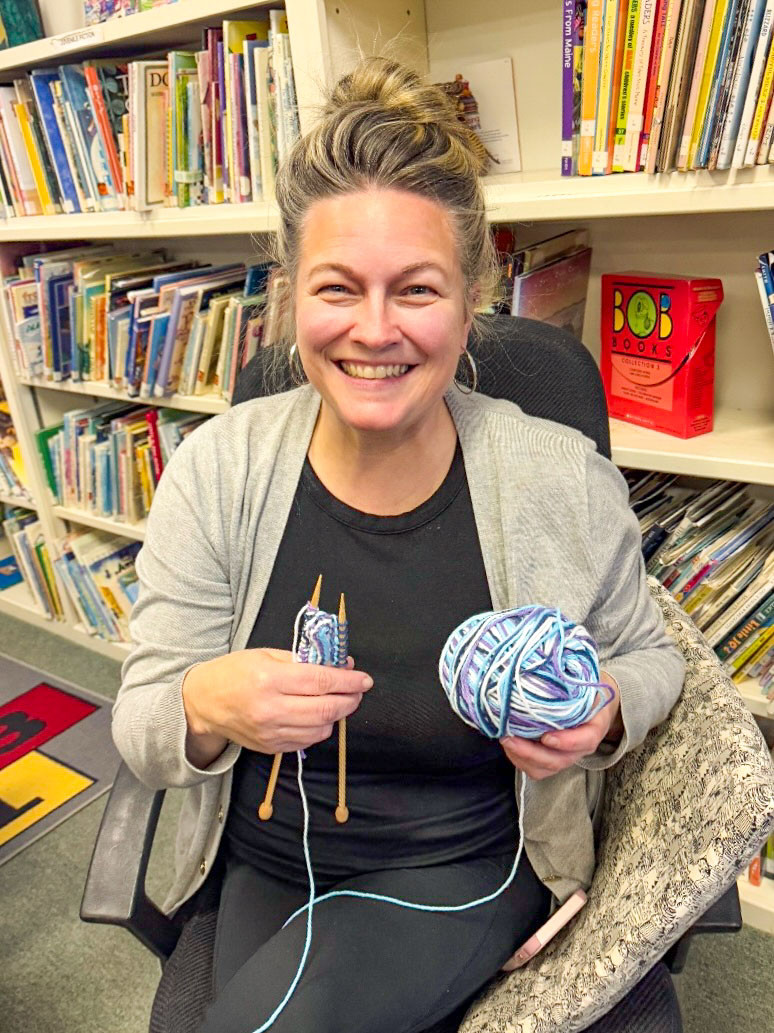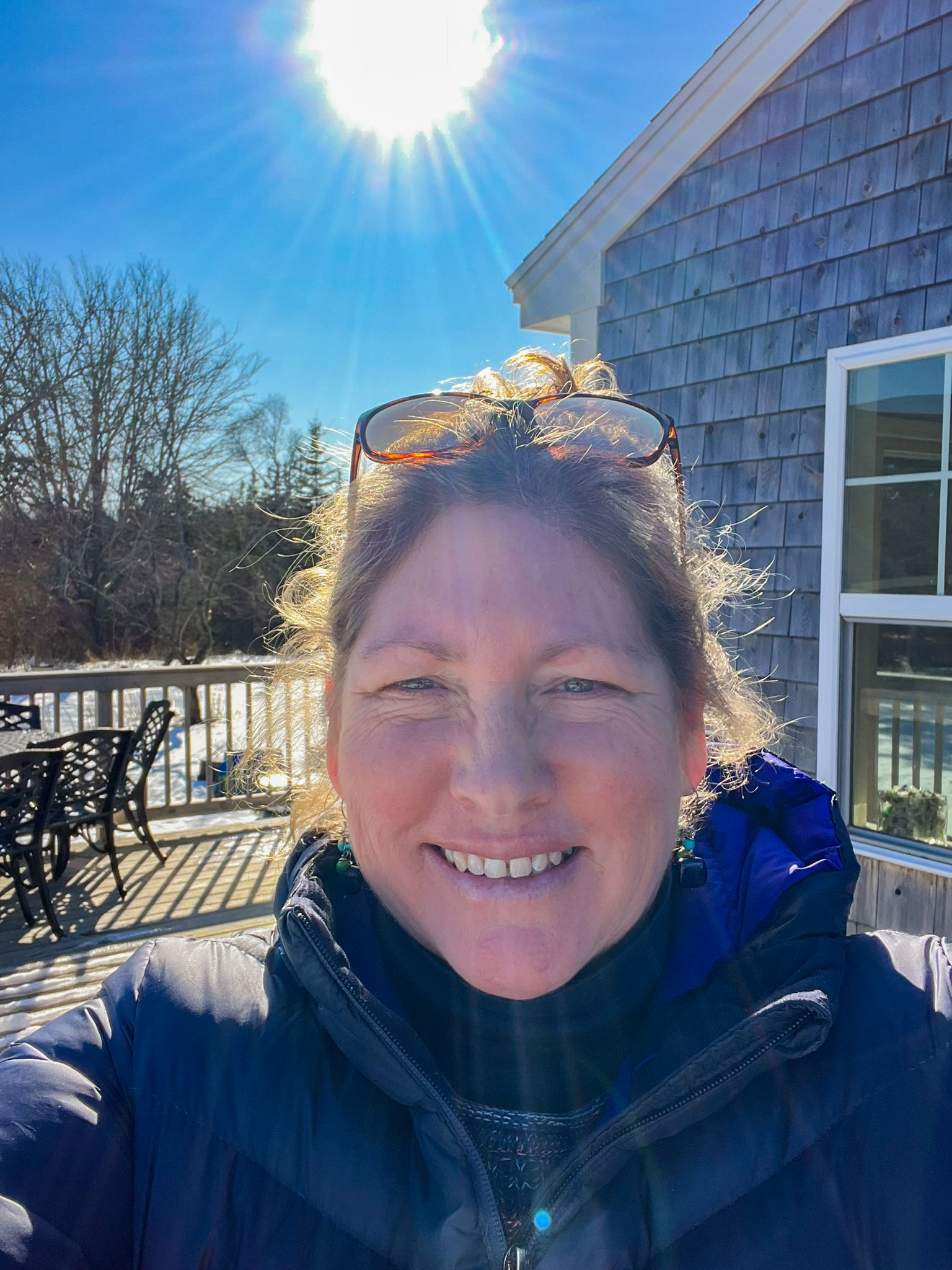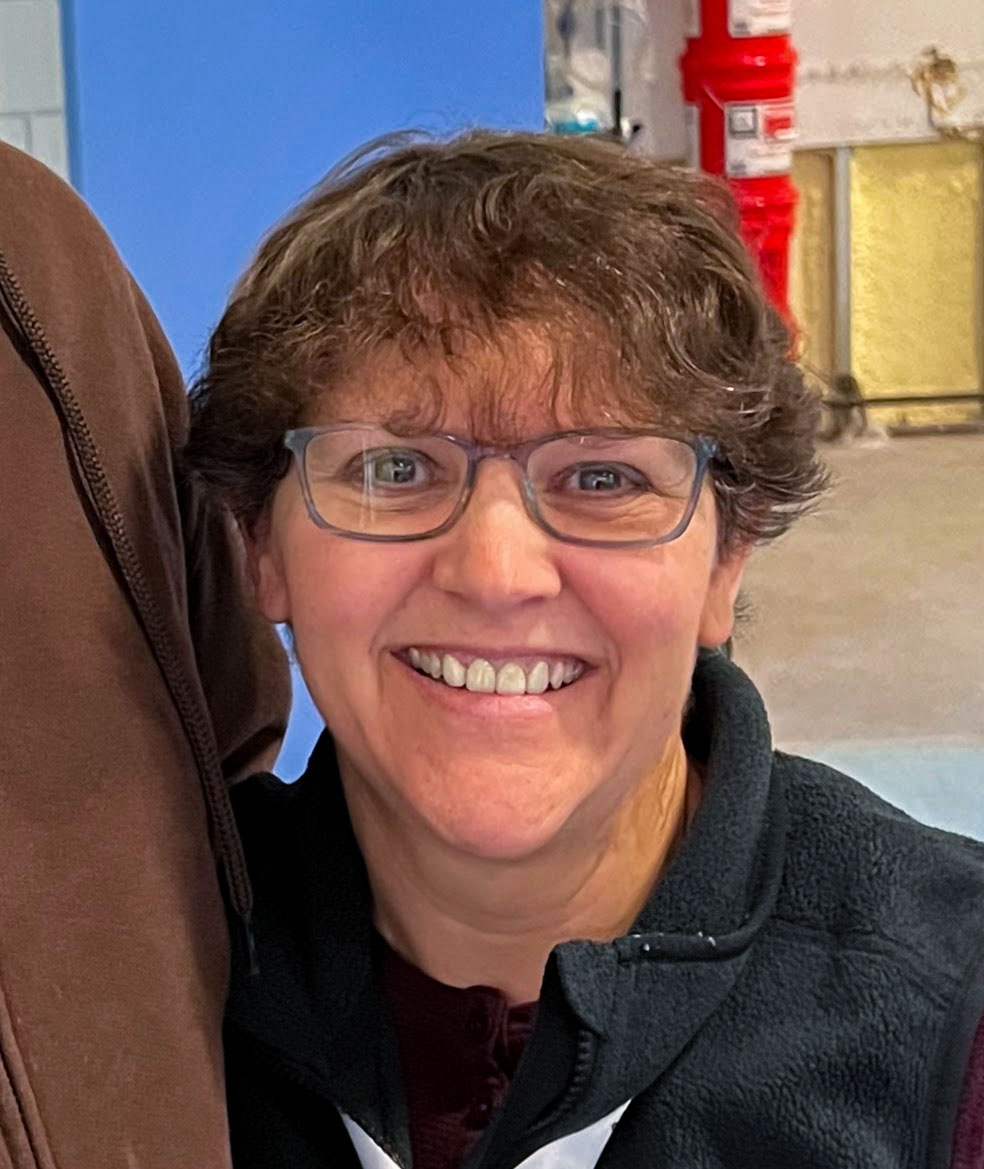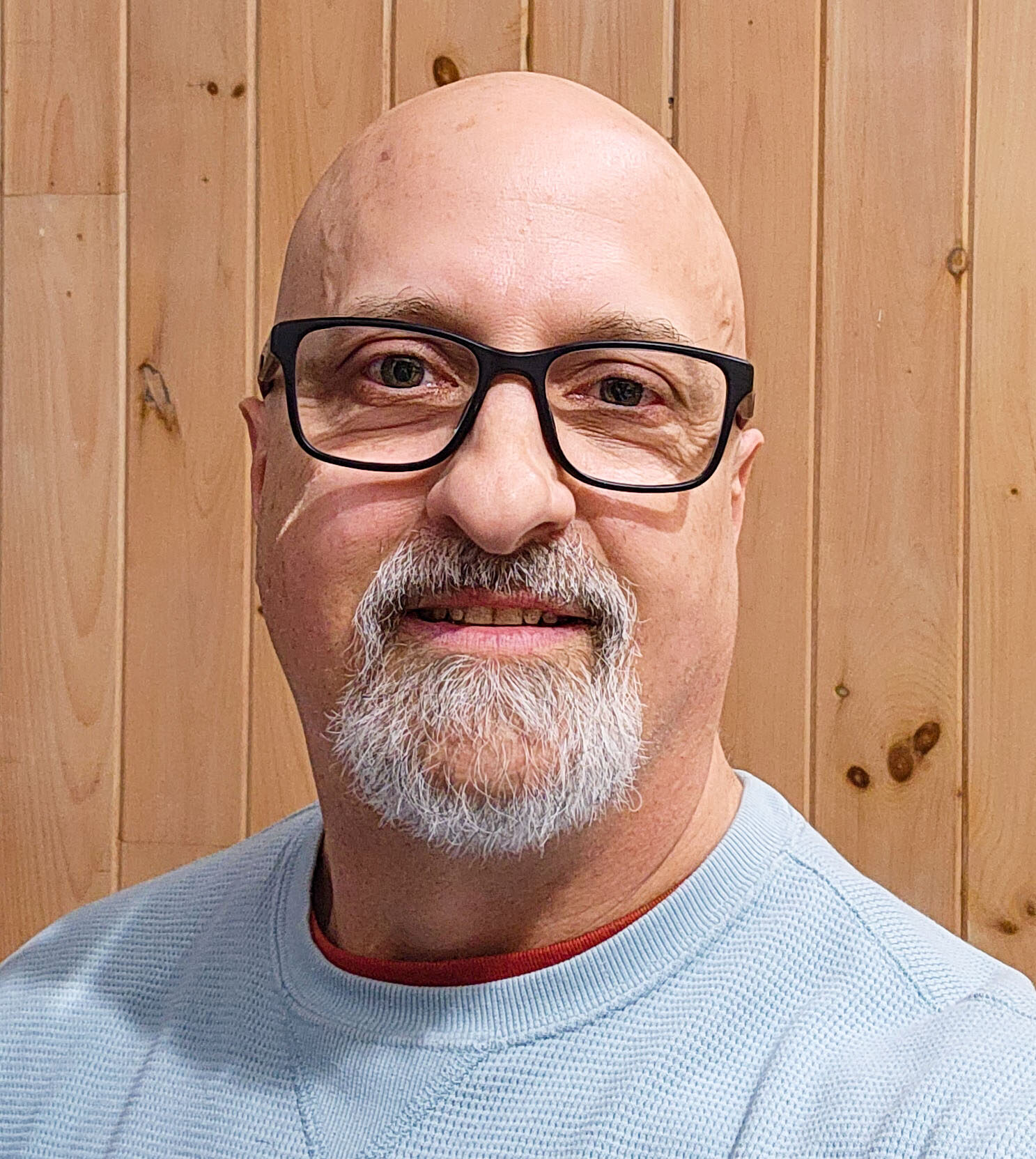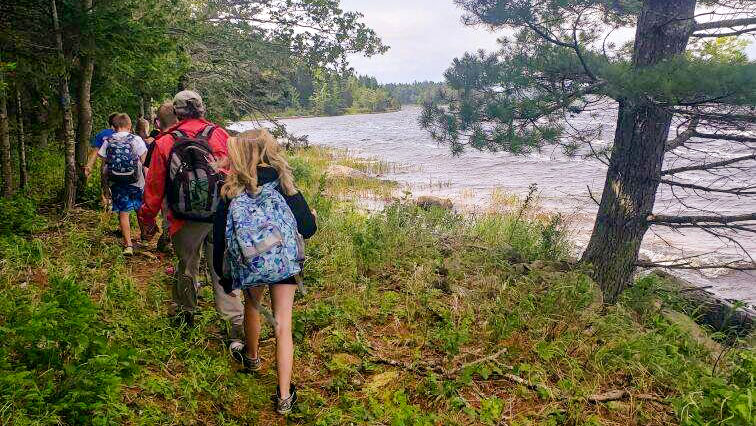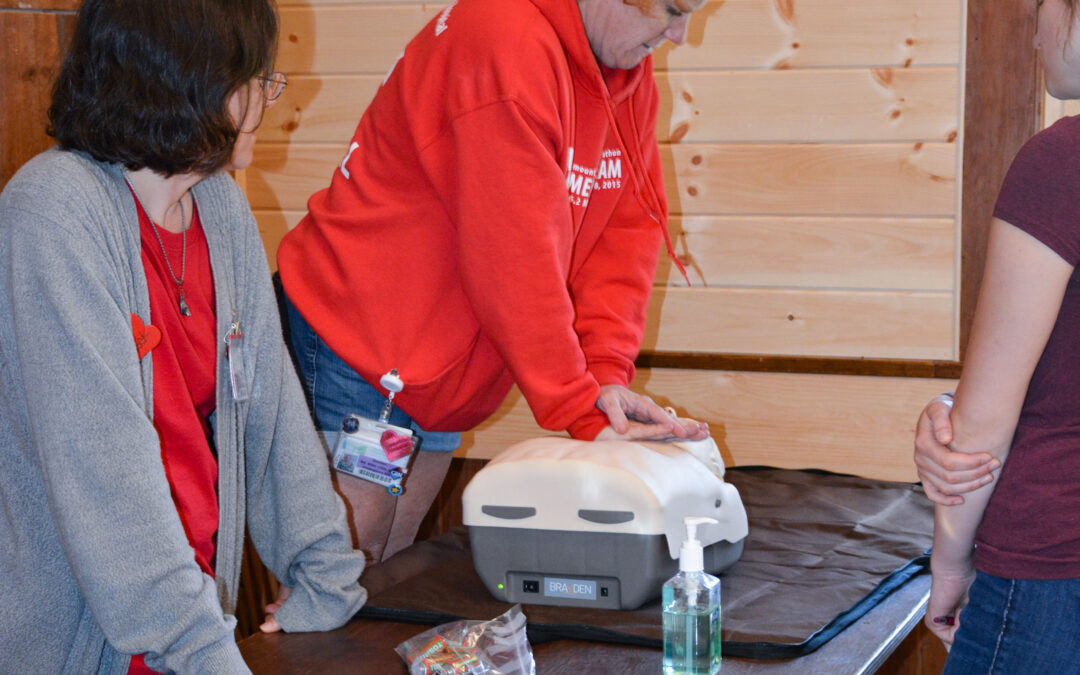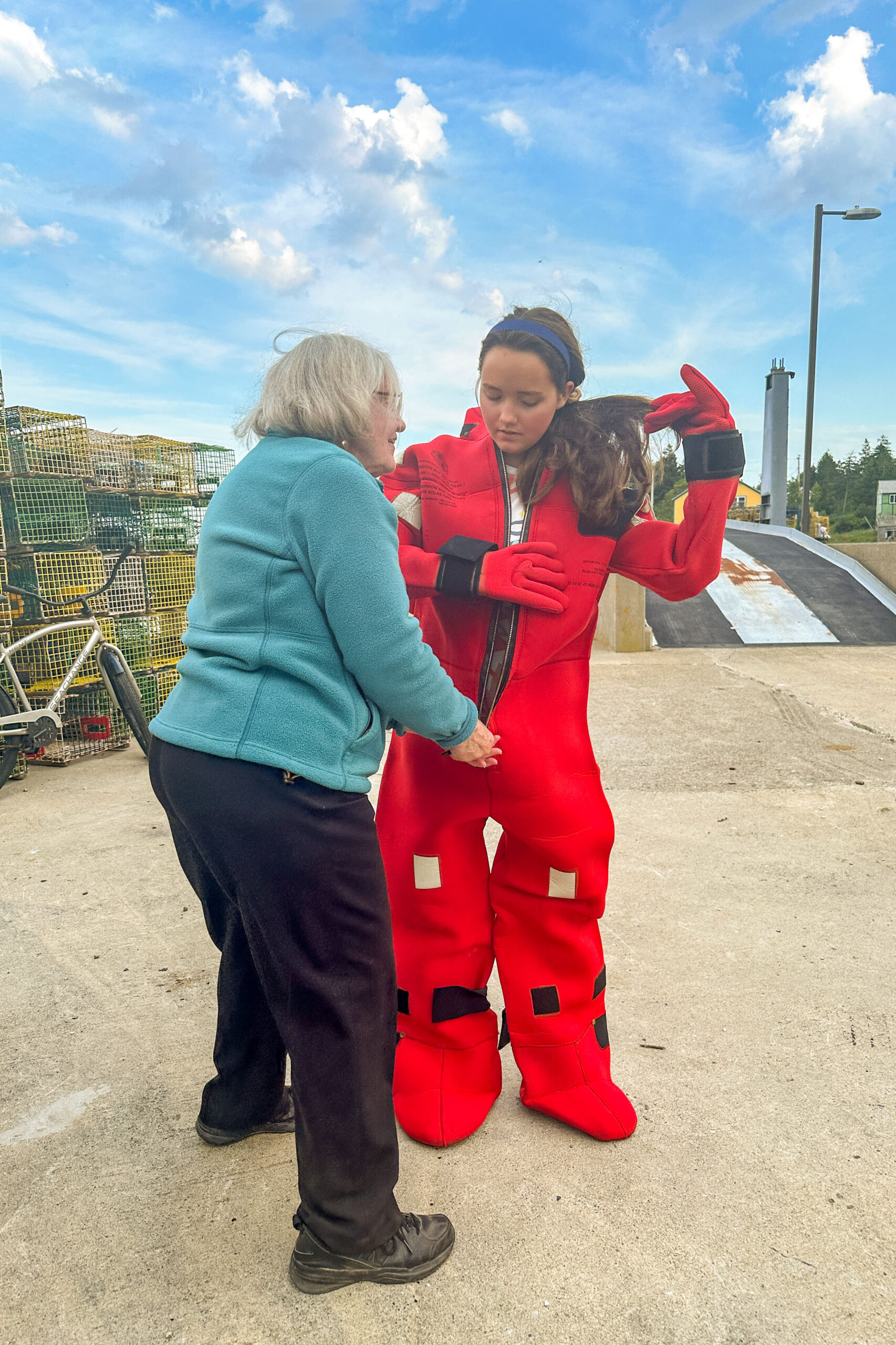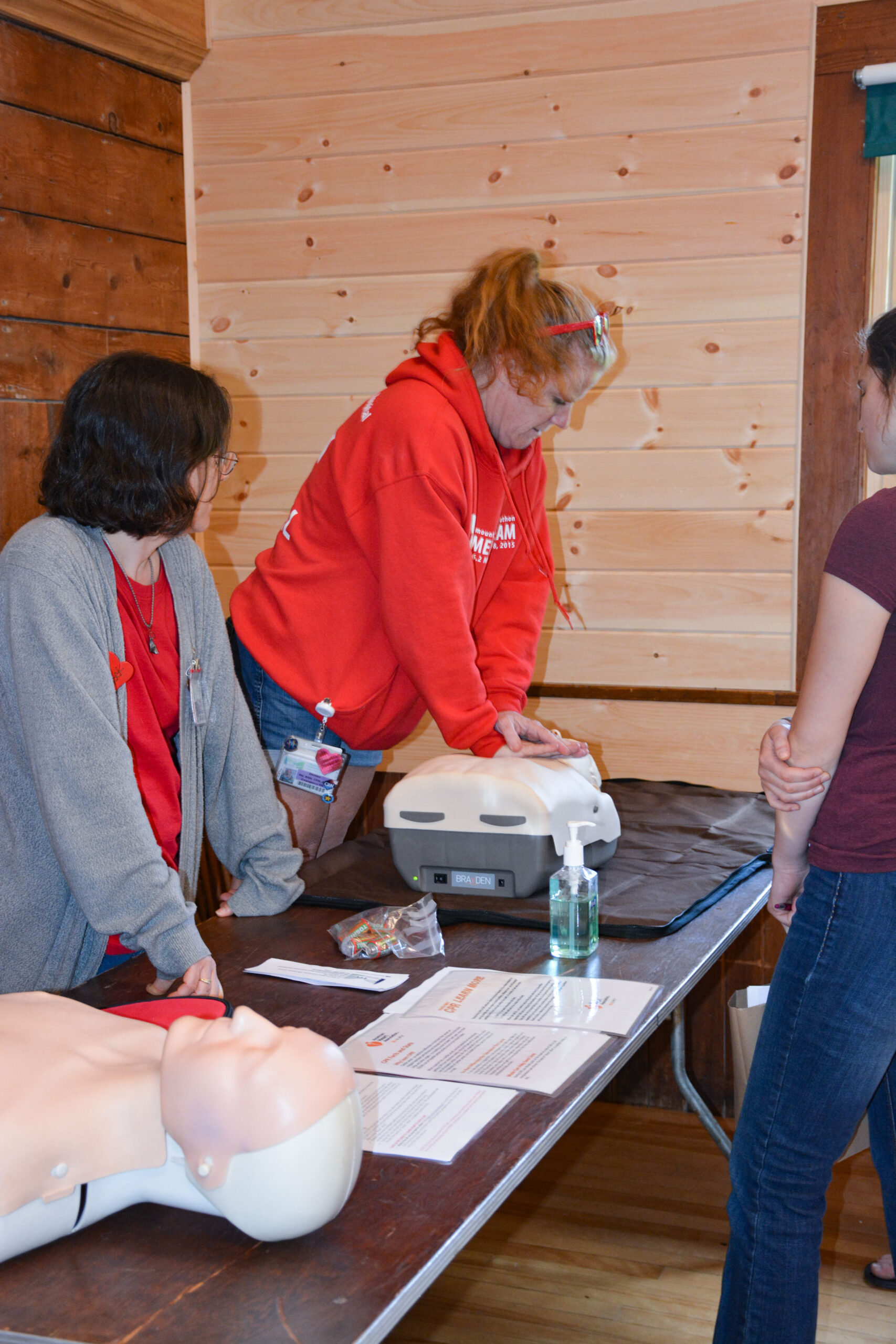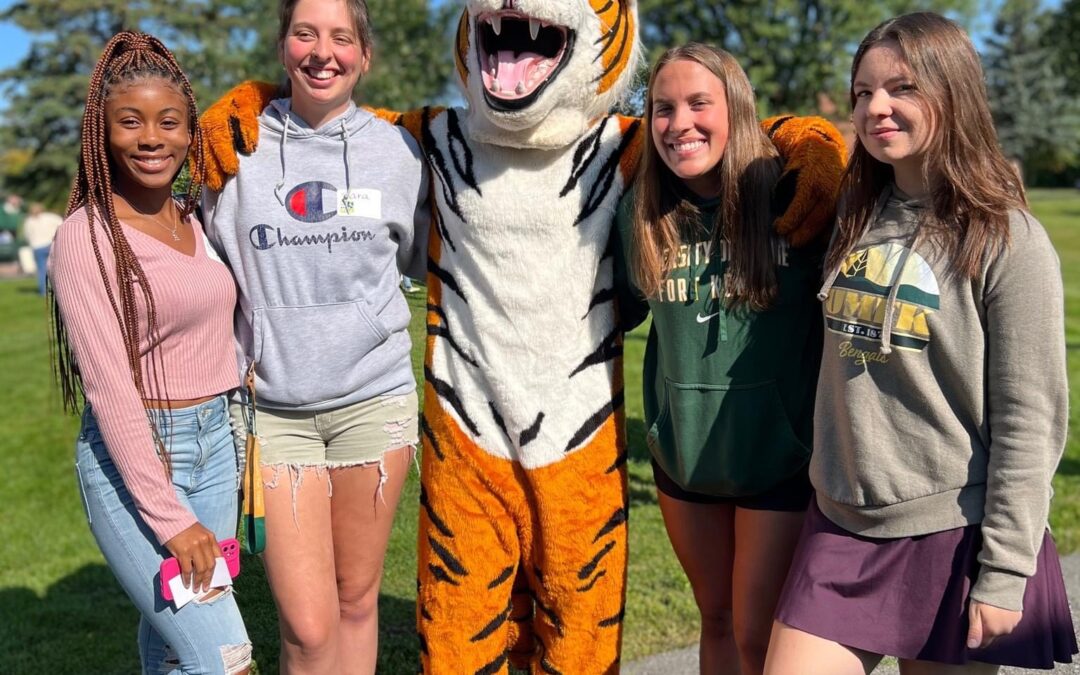
Mission Scholars Receive $264,000 in Scholarships


The Mission is pleased to announce the 27 new Mission Scholarship award recipients from Hancock and Washington Counties. Representing 12 high schools in the Mission’s service area, the newest Mission Scholars include:
- Karli Alley, Jonesport-Beals High School
- Brendan Bragg, Washington Academy
- Paidyn Cashman, Narraguagus Jr/Sr High School
- Lucinda Clews, George Stevens Academy
- Jean Dean, Shead High School
- Naomi Eyerman, Washington Academy
- Jackson Fisher, Sumner Memorial High School
- Stella Gray, Deer Isle-Stonington High School
- Jade Greenlaw, Washington Academy
- Gracie Hartford, Narraguagus Jr/Sr High School
- Natalie Jagels, Ellsworth High School
- Kate McPhee, Calais High School
- Samantha Mace, Mount Desert Island High School
- Lilley Morse, George Stevens Academy
- Maeve Palazzo, Bucksport High School
- Emma Parker, Narraguagus Jr/Sr High School
- Ruby Pereira, Bucksport High School
- Maria Perconti, Mount Desert Island High School
- Sarah Raven, Mount Desert Island High School
- Naeveh Shoppee, Narraguagus Jr/Sr High School
- Brynn Stephenson, Ellsworth High School
- Saben Tenney, Sumner Memorial High School
- Lily Therrien, Bucksport High School
- Elayna Vanormer, Machias Memorial High School
- Nora Vicaire, Machias Memorial High School
- Zachary Wight, Ellsworth High School
- Charles Willey, Narraguagus Jr/Sr High School
Your gift to the Maine Seacoast Mission makes you part of all we do.
This year’s Scholars plan to major in fields including nursing, environmental science, education, exercise science, psychology, ecology, business, English, biology, engineering, political science, and radiography. The post-secondary education and career landscape focus on many ways to achieve higher education and workforce readiness. These awards fulfill the intent of the Mission’s Scholarships’ annual support for individuals entering trade, technical, two and four-year colleges. Scholars are chosen not only for their academic achievements, but also because of the students’ commitments to their communities, perseverance, and future aspirations.
“We are proud to help a wide range of students achieve their goals and look forward to seeing what they achieve over the coming years,” says the Mission’s EdGE Secondary and Post-Secondary Program Director Christy Oliveri. “They join an amazing group of Scholars who are currently studying at schools across the country.”
These Mission Scholars join an existing 59 Scholars who renewed their applications for the coming academic year. For the 2025-2026 school year, $264,000 will be awarded to 86 college students. Mission Scholarships typically range in amount from $6,000 to $14,000 dispersed over four years, the period normally expected to complete a degree or certificate program. In 2024, 97% of Scholars continued their award and returned to school for an additional year of study.
This year’s new Scholars plan to study at colleges including Boston University, Eastern Maine Community College, Endicott College, Husson University, Maine Maritime Academy, Northern Maine Community College, Southern Maine Community College, Smith College, Trinity College, University of Maine at Farmington, University of Maine Orono, University of Maine at Machias, University of New England, University of Southern Maine, Washington County Community College, Wellesley College, and Wheaton College.
In addition to Mission Scholarships, Maine Seacoast Mission proudly partners with the Shelby Cullom Davis Charitable Fund to offer the transformative Davis Maine Scholarship. In its fifth year of supporting students, the Davis Maine Scholarship supports fully funded, four-year scholarships to select students each year. Davis Maine Scholars attend one of three partner schools, Clark University, University of New England, or Wheaton College.
To learn more about Maine Seacoast Mission’s Scholarships, please visit https://seacoastmission.org/downeast/scholarships/.
